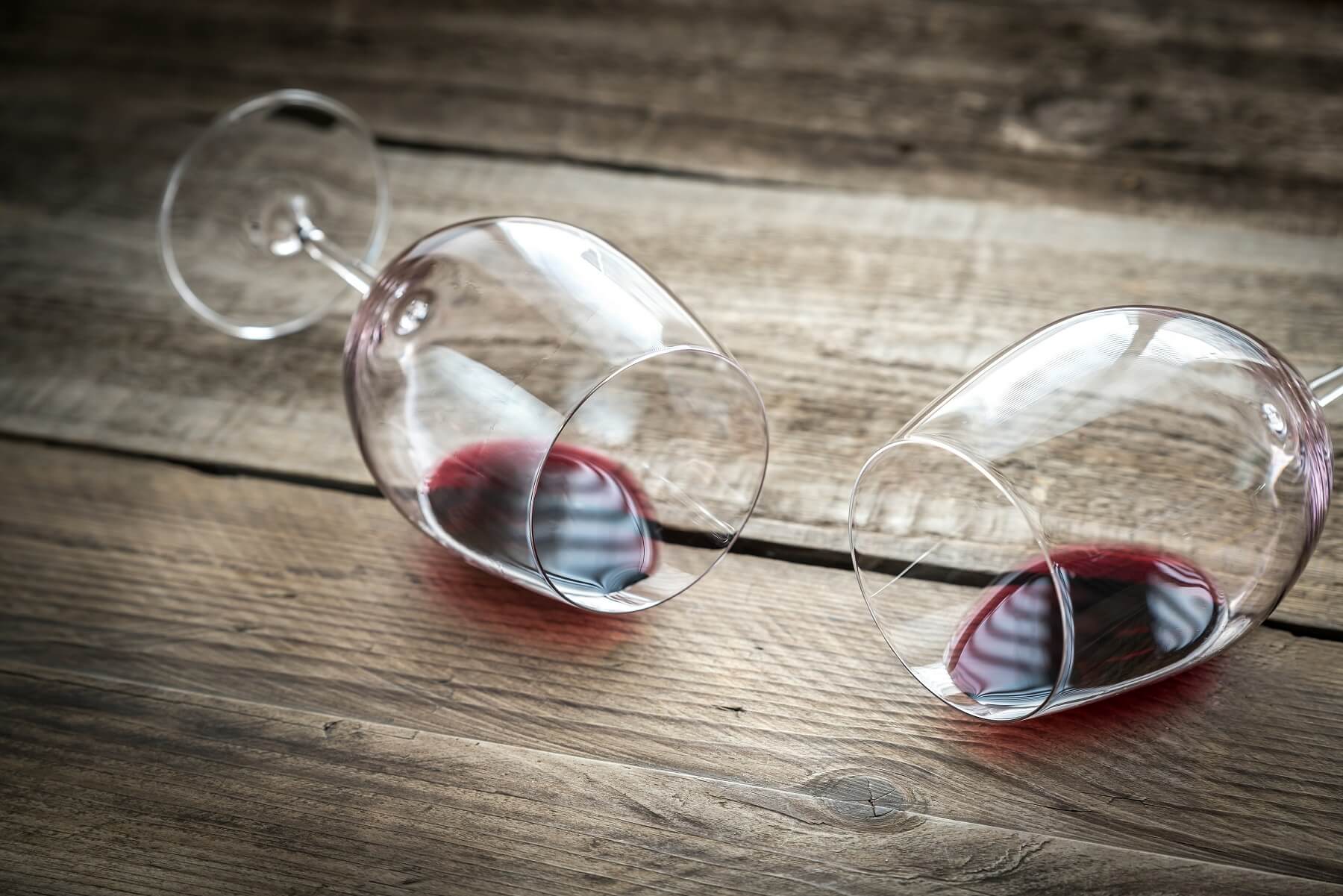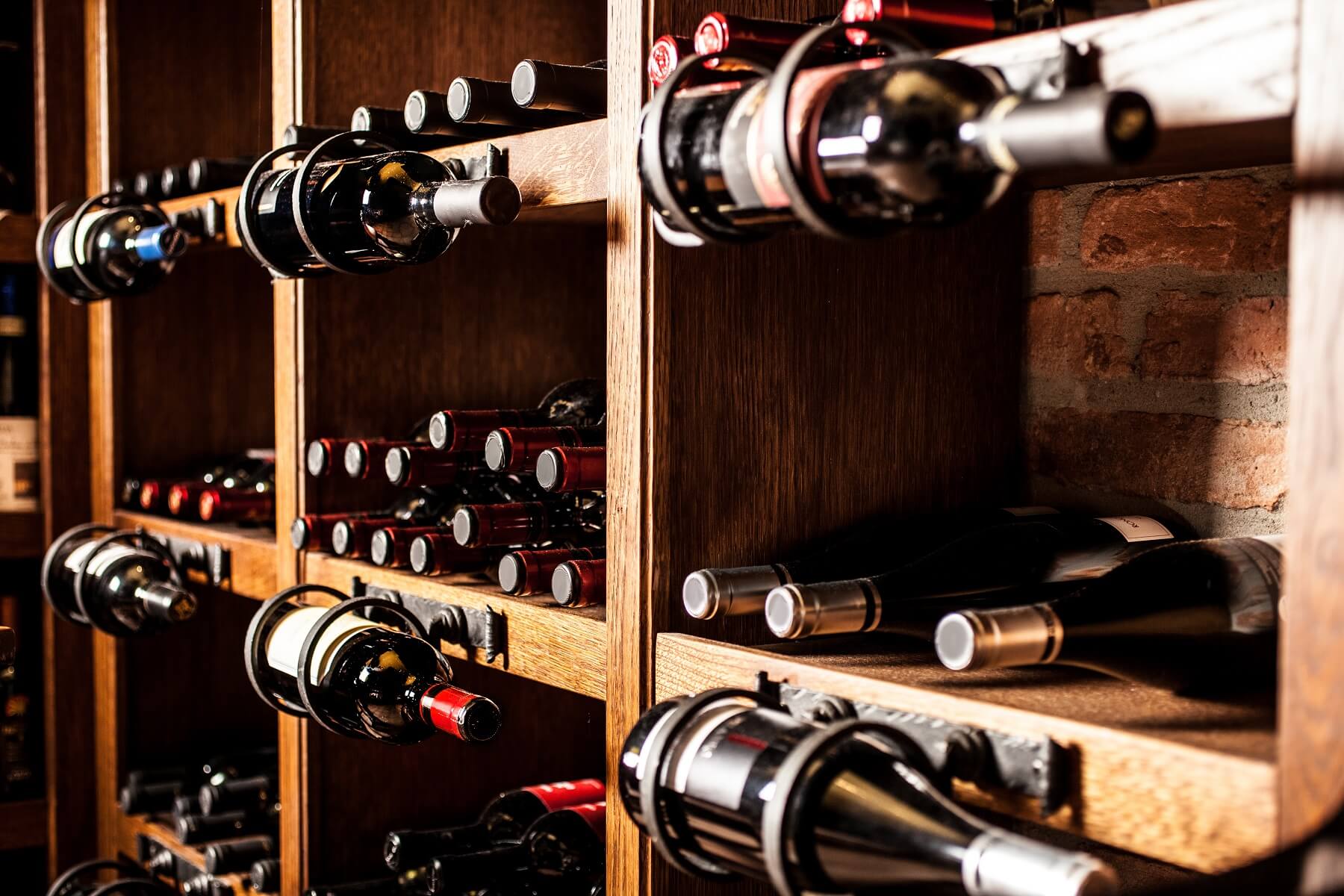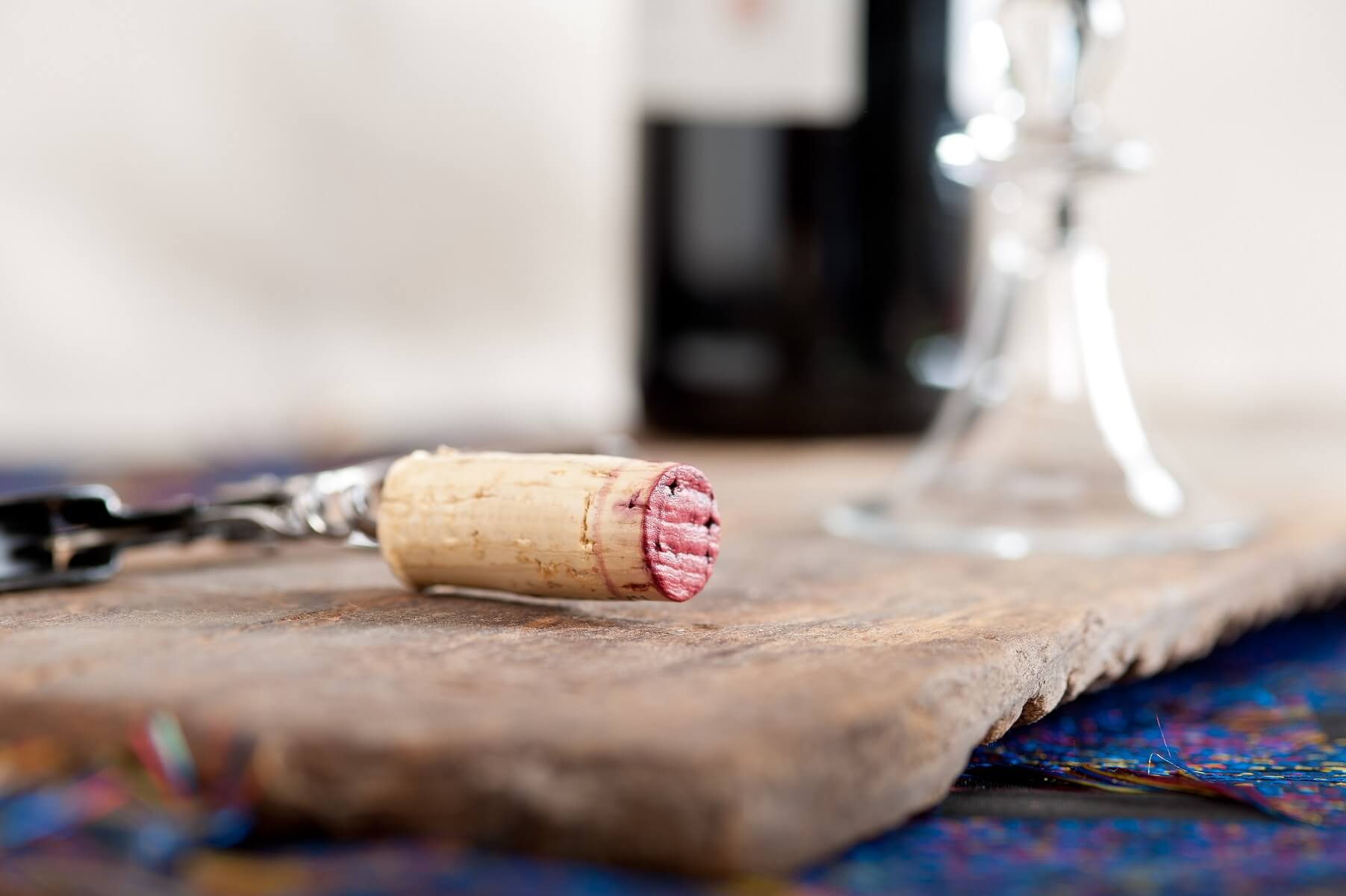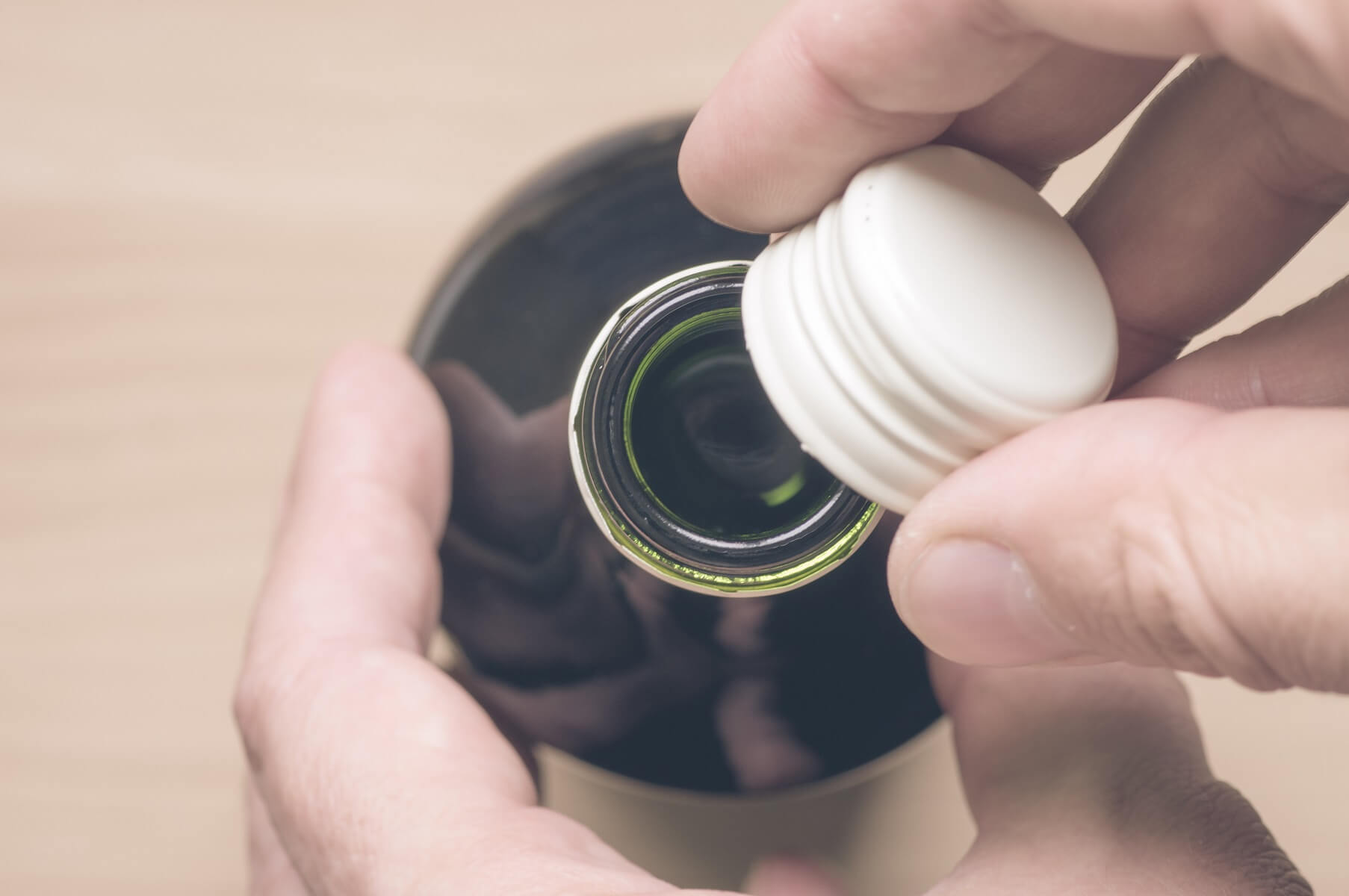

The world of wine can be full of smoke and mirrors, with many casual wine lovers not sure what or who to believe. I'm sure you've had to sit through many a dinner party where one of the group has tried to impress the table with
The world of wine can be full of smoke and mirrors, with many casual wine lovers not sure what or who to believe.
I'm sure you've had to sit through many a dinner party where one of the group has tried to impress the table with their bountiful knowledge of wine. Often this person will spout wine rules and jargon which can sound impressive, even if they don't really make any sense.
So we thought we'd put your mind at ease and help you ignore Mr or Mrs know-it-all by busting a few of the most common myths that are still trotted out at dinner parties all over the world.
Myth 1 - Expensive wine is always better
While this is really quite a big myth, the opposite - that very cheap wine is very, very rarely any good at all - is almost always true. In order to understand this, we have to take a moment to think about the real cost of wine.
If you break it down, and think about the cost of the labour that goes into wine production, the time it takes to make the wine itself, the bottle, the import and export duties, the alcohol tax which exists in almost every developed country… and then the profit that the shopkeeper has to make from selling you the wine; there is no way in hell a $5 bottle of wine is going to be worth drinking, because the winery itself will make hardly any money from it.
I’m not saying it never happens (it happened to me once in Fitzroy, but I strongly suspect that the wrong price label had been stuck on the bottle by mistake), but it’s highly unlikely you’re going to find anything memorable or even barely drinkable for your loose change.

If you’re shelling out a lot of money for your wine, the chances are you’re going to enjoy it. There are several reasons for this - firstly, the finest wineries with decades (or centuries) of expertise rise to the top for a reason, and that reason is usually due to the quality of their produce.
Secondly, if I spend $100 or more on a bottle of wine, I make damn sure I enjoy it by storing, pouring and savouring it correctly… and possibly even convincing myself that it is better than it is, in order to justify my extravagance.
I think the most sensible option is to go somewhere in the middle. Unless you’re a seasoned sommelier with an expert’s nose and tongue, the really, really exclusive bottles aren’t going to offer you much more than the mid-range ones.
As long as you buy your wine from interesting producers who aren’t aiming for bulk market saturation, and who use good quality, low-yielding vines, the chances are, your wines are going to be memorable and enjoyable.
Myth 2 - Family owned, independent wineries make the best wines
I just mentioned that you should avoid the biggest winemaking conglomerates, and I stand by that from both personal experience and common sense.
I believe that the largest, multinational wine companies are aiming to please as many people as possible, and flood the market with boring, inoffensive, middle-of-the-road wines. They’re the viticultural equivalent of that band your dad recently started listening to, if you know what I mean.
However, that doesn’t mean that the only good wines available are those from the quirky little guys at the bottom of the ladder. While small, independent wineries put a lot of love and care into their produce (or at least do a good job of appearing to do so), the medium-to-large sized established wineries do have the money and resources to source the best grapes, and employ talented vintners to craft very good wines.
It would be a mistake to base your opinion of a wine on the size of a company, and approach new wines with any prejudice. The proof, as they say, is in the pudding.

Myth 3 - Vintage wine is best
‘Vintage’ is one of those words which we see on bottles, and immediately assume it is synonymous with ‘quality’. This isn’t really true. Vintage wines do have a tendency to be more expensive than non-vintage bottles, which may add to the perception that they’re better, but really, all vintage means is that the wine is made from grapes which were all harvested within the same year.
Non vintage wines will use blends from different harvesting seasons - a different approach, but not necessarily worse when it comes to the tasting.

Myth 4 - Screw cap wines aren’t as good as corked ones
You only have to look around the tasting rooms of some of Australia’s finest wineries to see that this one is a load of rubbish. Despite this, there are still plenty of people (especially Europeans) who hold a prejudice against the screw cap, and actually, there is some (admittedly outdated) logic to this myth.
The misconception that corked wines are better than screw cap wines comes from the idea that cork allows wine to age better. Tiny amounts of oxygen are required to get into the bottle over time, in order for the tannins in wine to break down, the acids to soften, and for the ageing effect to occur.

While in the past screw caps were more or less completely air-tight, stopping this ageing process from happening correctly, it’s been a fair few years since this was looked into and corrected.
Nowadays, it’s pretty clear that screw caps are actually superior than corks for a number of reasons, as they allow the wine to age steadily (whereas corks shrink and expand in time, leading to erratic ageing) and also they avoid several of the fungal flaws that are extremely common in corked wine.
Myth 5 - Thicker glass bottles indicate higher quality wine
I’m a sucker for this one, I have to admit. I like the feel of a thick, heavy glass bottle - there’s something luxurious and slightly decadent about them which you just don’t get from more generic bottles.
However, to claim it has any effect or gives any indication on the contents of the bottle is a bit ludicrous. Bottles in this style tend to be a bit pricier (again, giving the impression of quality), but this is because - no shit, Sherlock - the packaging is a bit more expensive to produce. It’s a marketing ploy aimed to part you from your cash, nothing more.
Connected to this myth is one which I remember hearing from a young age, and that’s the idea that the depth of the punt of the bottle (the concave dimple at the base) also correlates to quality. Again, this is an aesthetic decision taken by the winery, and has no connection with what you’re actually going to be drinking.

Okay now that we have tackled some wine myths surrounding the wine industry, it's time to get to the fun stuff ...actually drinking it. Head on over to our wine palate quiz and answer so we can recommend three bottles we'll think you'll love. Click on the link below.
Next up: Take our Wine Palate Quiz and we'll match your personal tastes to our top three recommended bottles just for you
Do you know your wine personality? If your answer is no, take our quiz to find out which wines to pick up next and build your box!
Build my box





